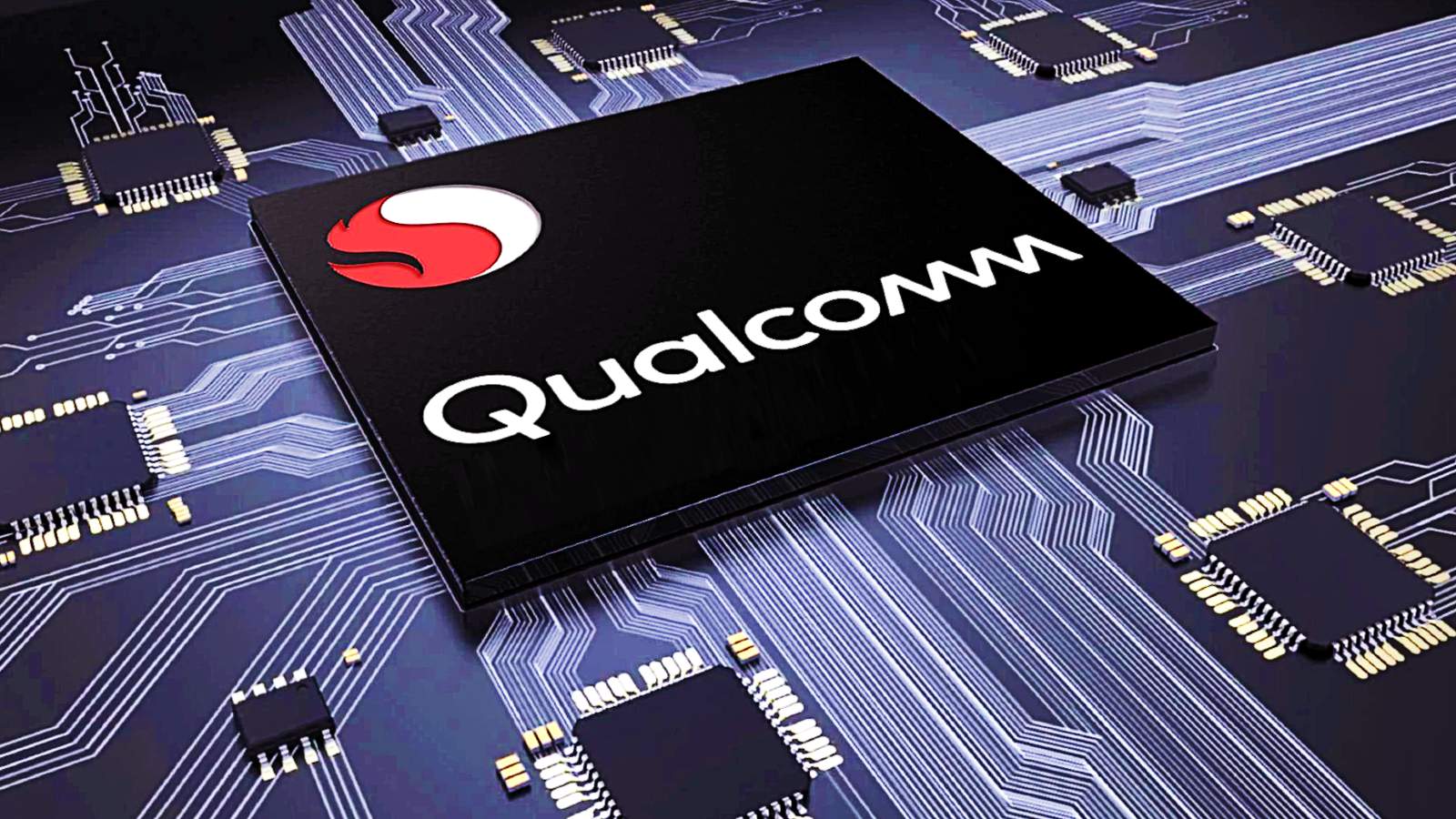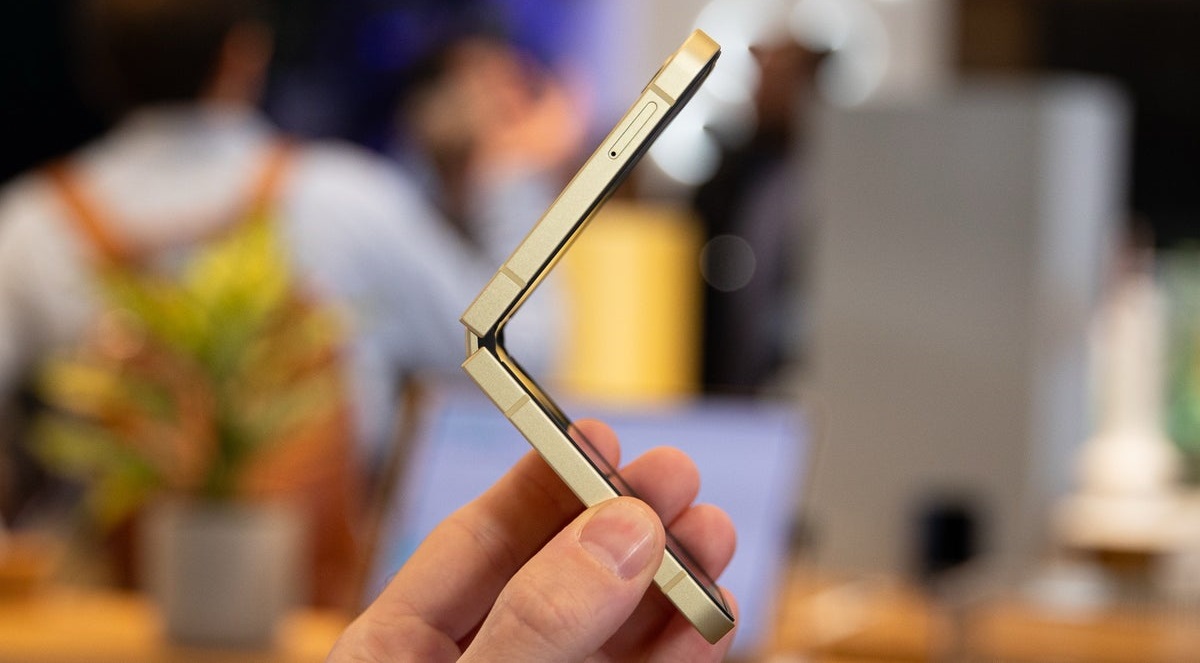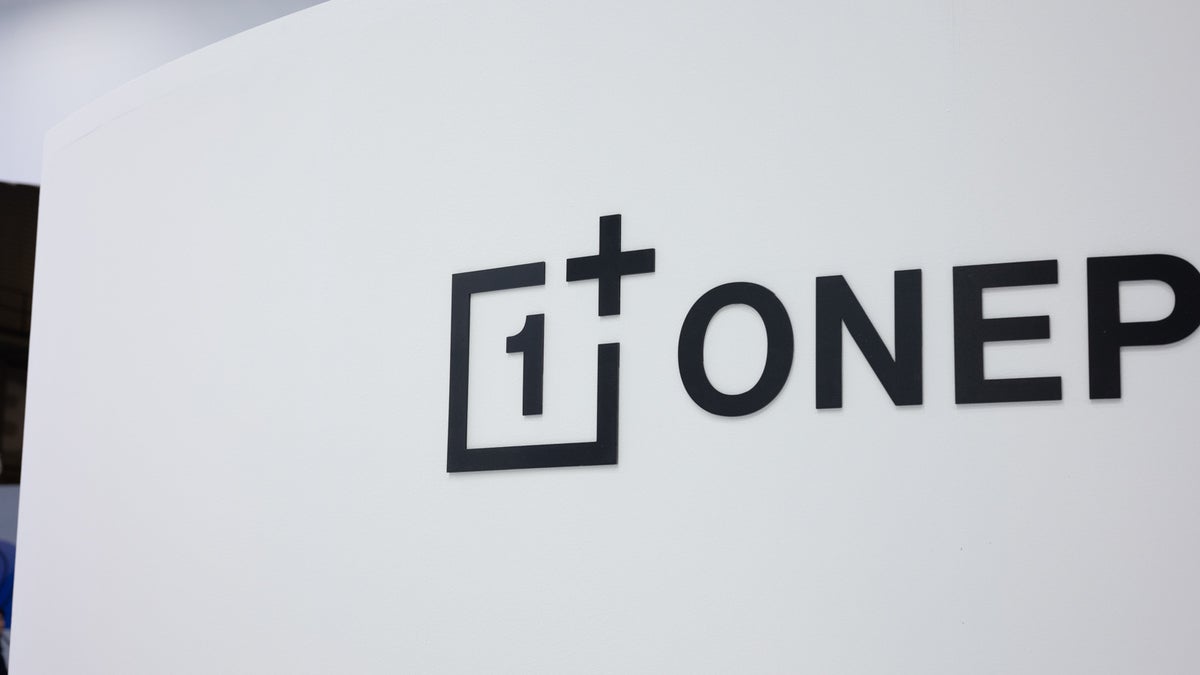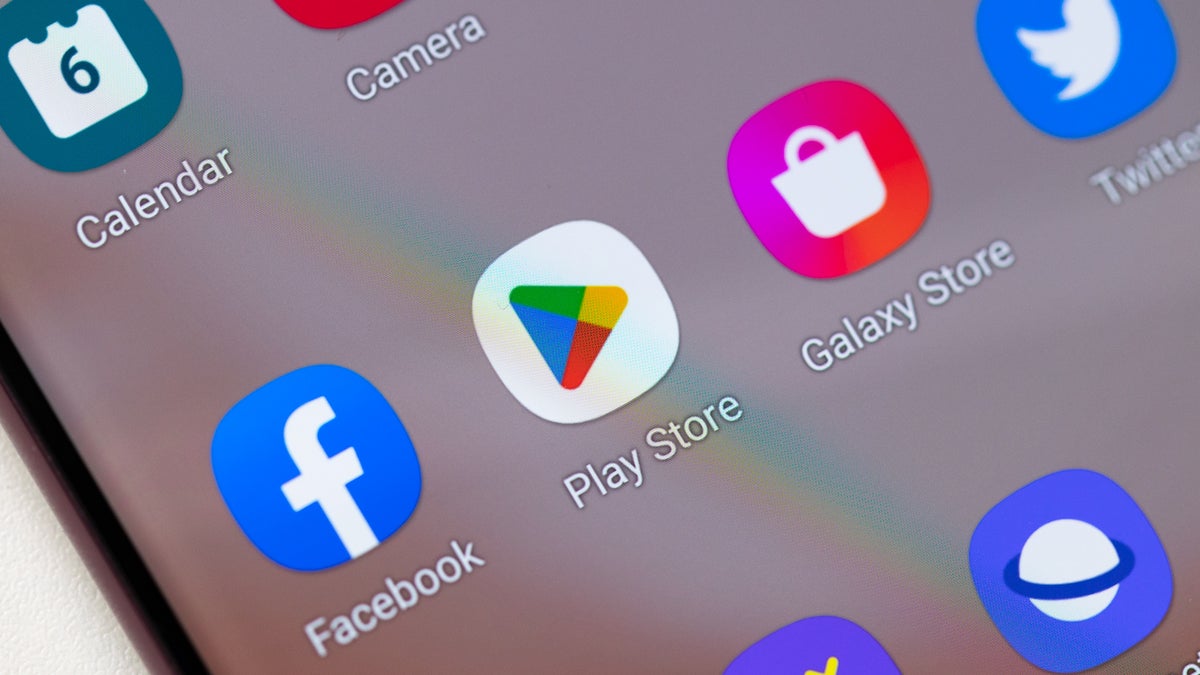Samsung and Apple Are Moving Away from Qualcomm - Here’s Why
News
May 12, 2025

For years, Qualcomm has been a critical supplier for the smartphone industry, powering many of the world’s top devices. But now, both Samsung and Apple are actively working to reduce their dependence on Qualcomm, despite the fact that fully replacing its tech will take time.
Building In-House Alternatives
Samsung’s relationship with Qualcomm has long been complicated. While it develops its own Exynos chips, its flagship phones have often relied on Qualcomm’s Snapdragon processors due to performance gaps. With the Galaxy S23, Samsung used Snapdragon chips globally for consistency. But with the upcoming Galaxy S26, Samsung is preparing to reintroduce Exynos-specifically the 2nm Exynos 2600-in select markets, despite yield challenges. The long-term goal is clear: move fully to Exynos and treat Snapdragon as a stopgap.
Apple is following a similar path. After years of development setbacks, Apple has finally debuted its in-house C1 modem in the iPhone 16e. Reports suggest the base iPhone 17 and the new iPhone 17 Air will also feature Apple’s own modem. Over time, Apple plans to phase Qualcomm out entirely across its device lineup.
Why the Shift? Cost Control
The main reason is cost. Samsung reportedly lost $400 million equipping all Galaxy S25 units with Snapdragon chips. Apple also faces steep licensing fees from Qualcomm. While Qualcomm’s hardware still outperforms alternatives like the Exynos and C1, those performance gaps are increasingly irrelevant to everyday users. Most consumers won’t notice or care about the difference.
Qualcomm’s Uncertain Future
Qualcomm isn’t going away anytime soon, but its dominance is clearly under pressure. With both Samsung and Apple reducing their reliance, the company faces significant revenue losses, especially as Apple’s shift to in-house modems begins with the iPhone 17 series.
If Apple-its biggest customer-exits, Qualcomm's market position will weaken fast. It’s a major turning point for the smartphone industry, signaling a shift toward more vertical integration by the leading brands.
Latest
Nov 20, 2025
News







